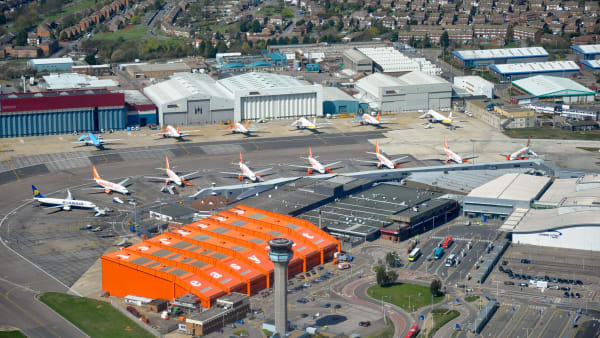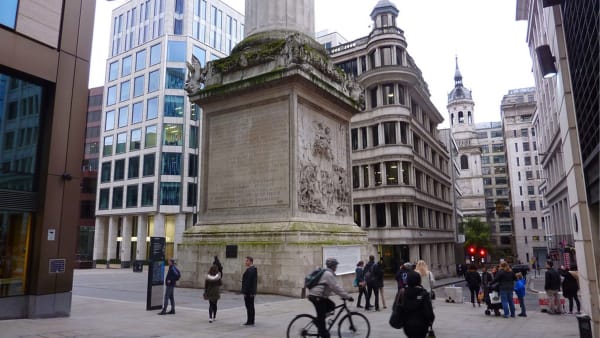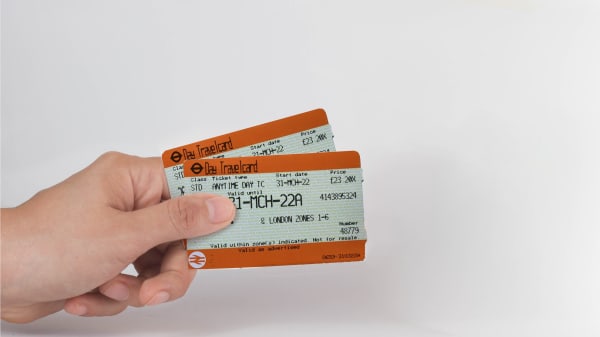Victoria and Albert Museum
5,000 years of decorative arts and design are housed in over 12.5 acres of Victorian and modern buildings at the Victoria and Albert Museum in London
Victoria and Albert Museum
5,000 years of decorative arts and design are housed in over 12.5 acres of Victorian and modern buildings at the Victoria and Albert Museum in London
London’s Victoria and Albert Museum, often indicated as the V&A, is the largest museums of decorative arts and design in the world. It holds an impressive permanent collection of around 2.8 million objects, spanning 5,000 years of art and five continents.

The Victoria and Albert Museum was initially opened in 1852 under the name “Museum of Manufactures”. The museum, at first housed in Malborough House, was transferred twice: once to Somerset House, then to the current building. The foundation stone for the museum’s current venue was laid in a ceremony by Queen Victoria in 1899.
In its 145 galleries, the V&A houses thousands of sculptures, costumes, jewellery, furniture, prints, ironwork, ceramics, and glasswork. As such, the museum constitutes one of the greatest resources for the study of several arts, including architecture, sculpture, furniture, fashion, textiles, theatre, photography, jewellery, glass, ceramics, and even book art.
The Victoria and Albert Museum is particularly famous for its massive East Asian, Islamic, and post-classical sculpture collections. The V&A’s holdings from China, Korea, and Japan are among the best in Europe and the 19,000 items from the Islamic World make up one of the most complete in the west. The museum also includes the largest holding of Italian Renaissance pieces outside of Italy.
What’s inside the Victoria and Albert Museum
The Victoria and Albert Museum is divided into four main departments.
- Decorative Art and Sculpture: The items held here include original sculptures, ceramics, glass, jewellery, and plaster casts of sculptures, friezes, and tombs. The department includes pieces that display all functions and uses of sculpture, such as memorial, religious, portrait, and mythical.
- Performance, Furniture, Textiles and Fashion: the department represents various arts including drama, dance, opera, circus, puppetry, comedy, musical theatre, costume, set design, pantomime, popular music, weaving, printing, quilting embroidery, lace, tapestry, woodwork, furniture, and the most comprehensive costume collection in Britain.
- Art, Architecture, Photography and Design: The department houses countless items including prints, drawings, book art, photographs, paintings, prints, musical instruments, and miniatures.
- Asia: more than 160,000 objects from the Islamic World, South Asia, East Asia, and South East Asia. The items range from calligraphy, glasswork, tiles, woodwork, carpets, paintings, sculptures, textiles, and ironwork.
Location
Cromwell Road, London SW7 2RL.
The Victoria and Albert Museum is located in London’s South Kensington, south of Hyde Park and Kensington Gardens. This is one of the most exclusive areas in the inner city, and just by walking a few minutes in each direction, you’ll find many other famed cultural institutions.
The Science Museum and the Natural History Museum are just across the street from the Victoria and Albert Museum, while the Royal Albert Hall is a few hundred metres north.
Tickets and price
Entry to the Victoria and Albert Museum in London is always free and there is no need to book in advance. Temporary exhibitions and extraordinary events may require a separate ticket.
For Members, such events are always free of charge. You can become a Member on the Victoria and Albert Museum’s website .
Schedule
The Victoria and Albert Museum is open every day from 10:00 am to 5:45 pm, except on Fridays, when the museum stays open until 10:00 pm.
| Day |
|---|
| Mon-Sun |
| Fri |
| Day | Opening time | Closure |
|---|---|---|
| Mon-Sun | 10:00 am | 5:45 pm |
| Fri | 10:00 am | 10:00 pm |
Transport
If you want to take the Tube to reach the Victoria and Albert Museum, you can take lines District, Circle, or Piccadilly and get off at South Kensington. There is a tunnel that connects South Kensington station to the Natural History Museum’s entrance, which is directly in front of the Victoria and Albert Museum.
As for buses, you can take lines 14, 74, 360, 414, and C1 all drop you off directly in front of the Victoria and Albert Museum. If these are not good options for you, you can also take lines 70 and 345, which will drop you off not far from the museum.
You can find a summary of the public transport options in the table below.
| Method |
|---|
| Lines |
| Stops |
| Method | Underground | Bus |
|---|---|---|
| Lines | District, Circle, Piccadilly | 14, 70, 74, 345, 360, 414, C1 |
| Stops | South Kensington | - |
It’s possible to reach the Victoria and Albert Museum by cab, but we don’t recommend it, since traffic in central London usually means waiting for a long time and paying an expensive fare.
Nearby sights
Science Museum - across the street from the Victoria and Albert Museum.
Natural History Museum - across the street from the Victoria and Albert Museum.
Imperial College London - 240 m (0.1 miles) north, just down the street from the museum, 3-minute walk.
Royal Albert Hall - 650 m (0.4 miles) northwest, 8-minute walk.
Hyde Park - 650 m (0.5 miles) north, 8-minute walk.
Kensington Gardens - 650 m (0.5 miles) north, 8-minute walk.
Harrods - 800 m (0.5 miles) northeast, 10-minute walk.














